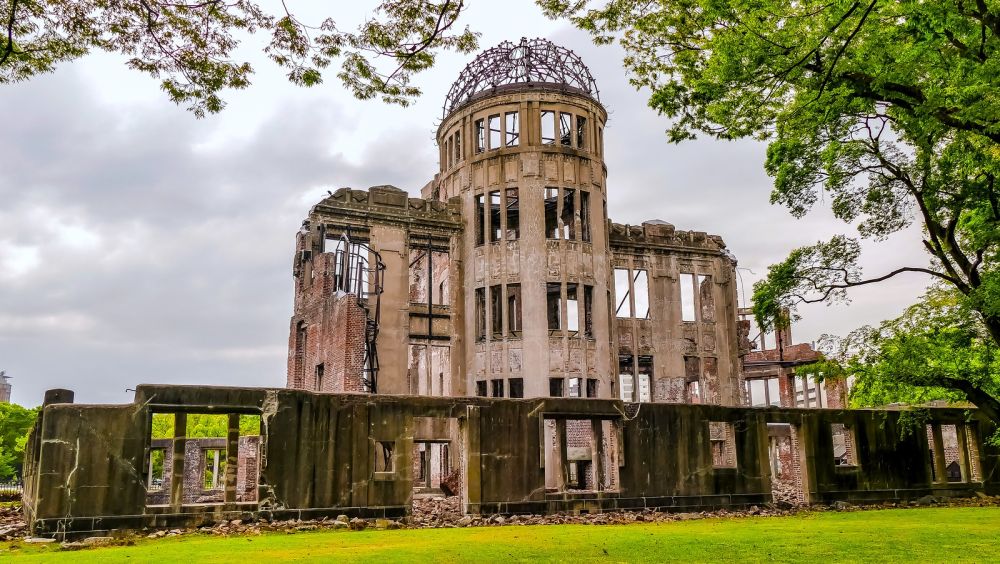

The Atomic Bomb Dome, known as Genbaku Dome in Japanese, stands as a stark reminder of the destructive powers of nuclear weapons and a symbol of peace. Its history in relation to tourism is deeply intertwined with its significance as a historic landmark and the broader context of Hiroshima as a city of peace.
Originally constructed in 1915 as the Hiroshima Prefectural Commercial Exhibition Hall, the building was one of the few structures to remain standing after the atomic bombing of Hiroshima on August 6, 1945. The fact that it remained partially intact has made it a poignant symbol of that day and what followed. In 1996, it was designated as a UNESCO World Heritage Site, confirming its status as an important monument of global heritage and history.
In the years following World War II, Hiroshima became a site of pilgrimage for those wishing to pay their respects to the victims of the bomb. The Dome was not initially intended as a tourist attraction, but by default, it became one as it attracted people from around the world who came to see the effects of the bomb first-hand and to contemplate the impact of nuclear warfare.
As Hiroshima rebuilt and redefined itself as a City of Peace, the Atomic Bomb Dome grew to become a central part of that identity. By promoting peace tourism, Hiroshima invites visitors not only to view the Dome but also to engage with messages of peace and to understand the gravity of nuclear war. The Hiroshima Peace Memorial Park, which includes the Dome, has been a focal point for visitors since its establishment in the 1950s.
In recent years, there has been a growing interest in dark tourism, where people travel to sites associated with death and tragedy. The Atomic Bomb Room fits within this trend, offering a profound experience to travelers seeking to connect with history on a deeper level.
Moreover, the city of Hiroshima has seen an increase in international visitors, thanks in part to global peace initiatives and educational programs that aim to raise awareness about the consequences of nuclear conflicts.
Nowadays, those who visit the Atomic Bomb Dome can also explore the surrounding Peace Memorial Park, which includes the Peace Memorial Museum, Children's Peace Monument, and various other memorials. Educational tours and various events on August 6th, the anniversary of the bombing, draw large crowds, as people from around the globe come together to remember the past and advocate for a peaceful future.
Looking towards the future, the Atomic Bomb Dome and Hiroshima's commitment to peace education continue to play a vital role in shaping the discourse around nuclear weapons. Tourism at the site is expected to maintain its role as a platform for reflection, dialogue, and change. Hiroshima's message remains potent, and the Dome's legacy as a tourist destination is secure as long as the world values the lessons learned from its history.